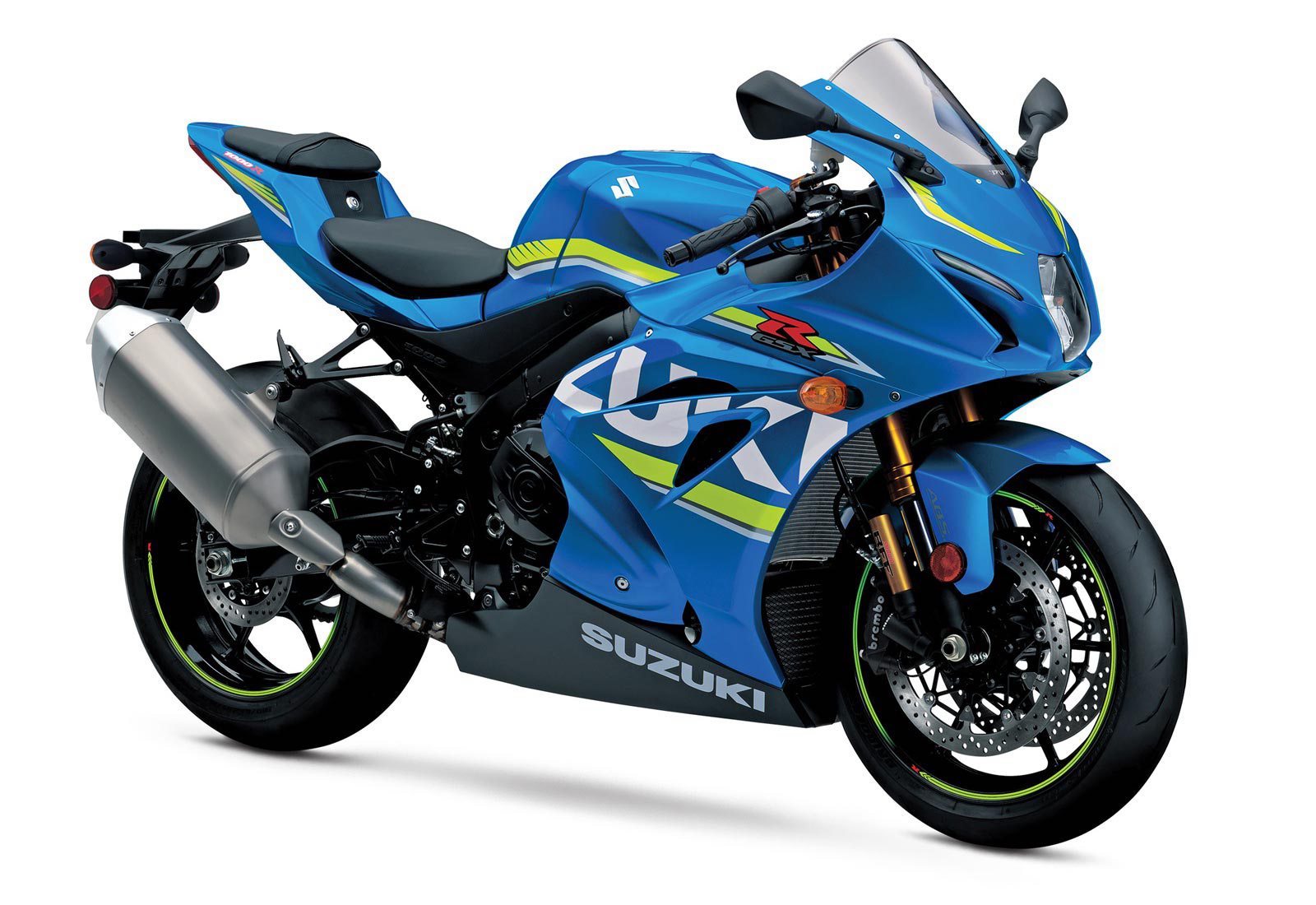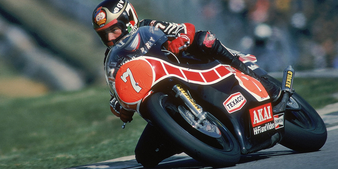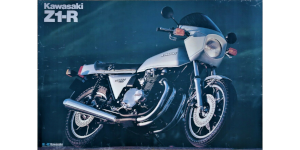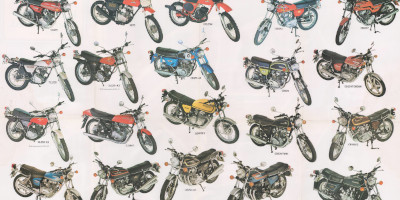History of the Suzuki GSX-R
In 1984, the Suzuki GSX-R entered the world and changed the motorcycle landscape as we know it. Plenty of machines can lay claim to influencing modern superbike design. The Suzuki GSX-R – in various iterations – has always been at the forefront.
1984 GSX-R
Simply called the Suzuki GSX-R – no number was needed here, as there were no other iterations at the time – the very first bike was actually a four-cylinder 400cc sports bike. It was this Japan-only model that truly pioneered the alloy-frame, four-cylinder layout that the GSX-R750 would bring to a worldwide audience a year later.
The slab-sided styling was there, too, as were the twin headlights on a bluff snout, and the use of Suzuki’s trademark cradle-style aluminium frame meant it was far lighter than its similar-capacity, steel-framed rivals. How light? Dry, it was 152kg, which still sounds good today.
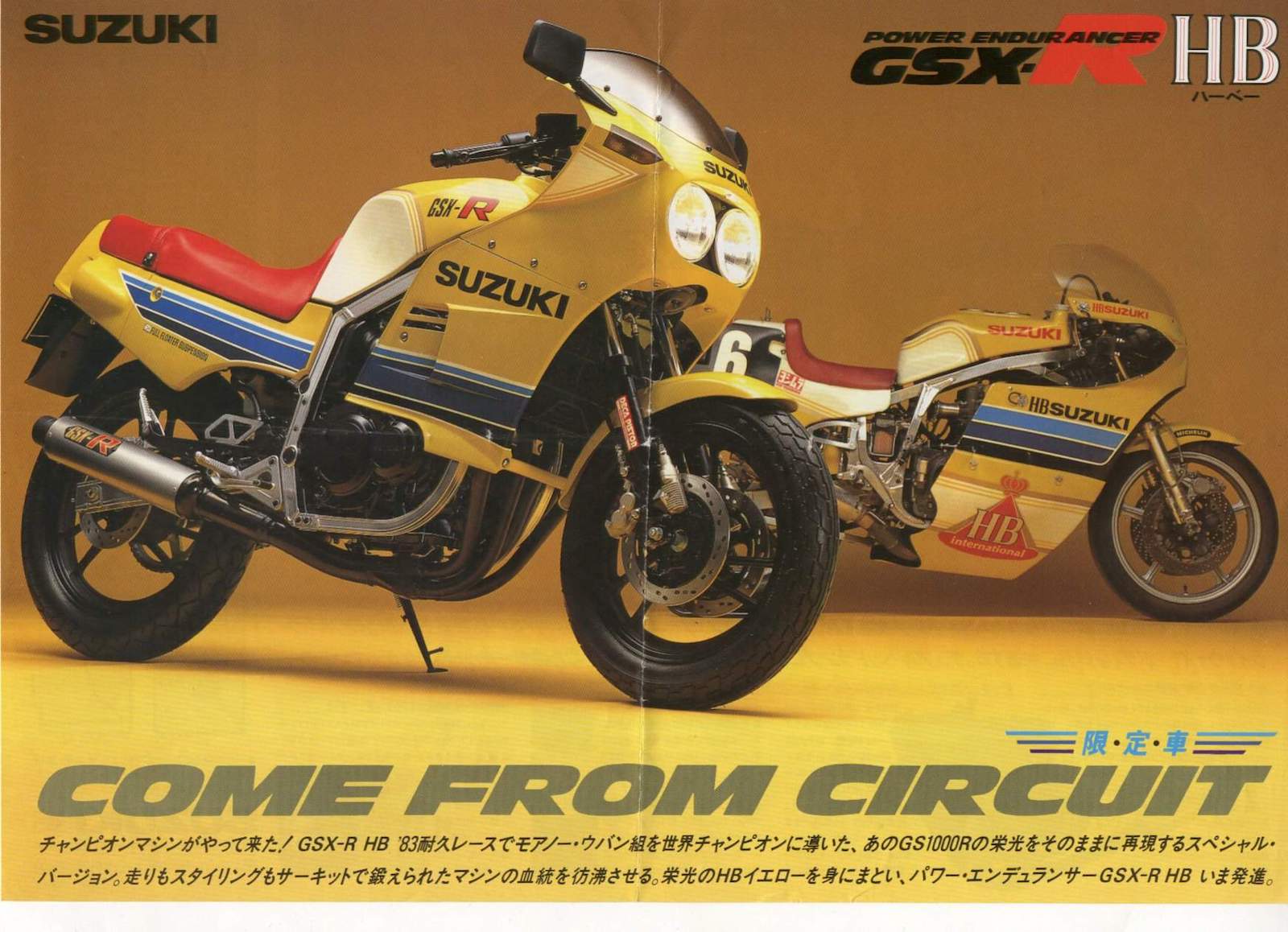
1985 GSX-R750
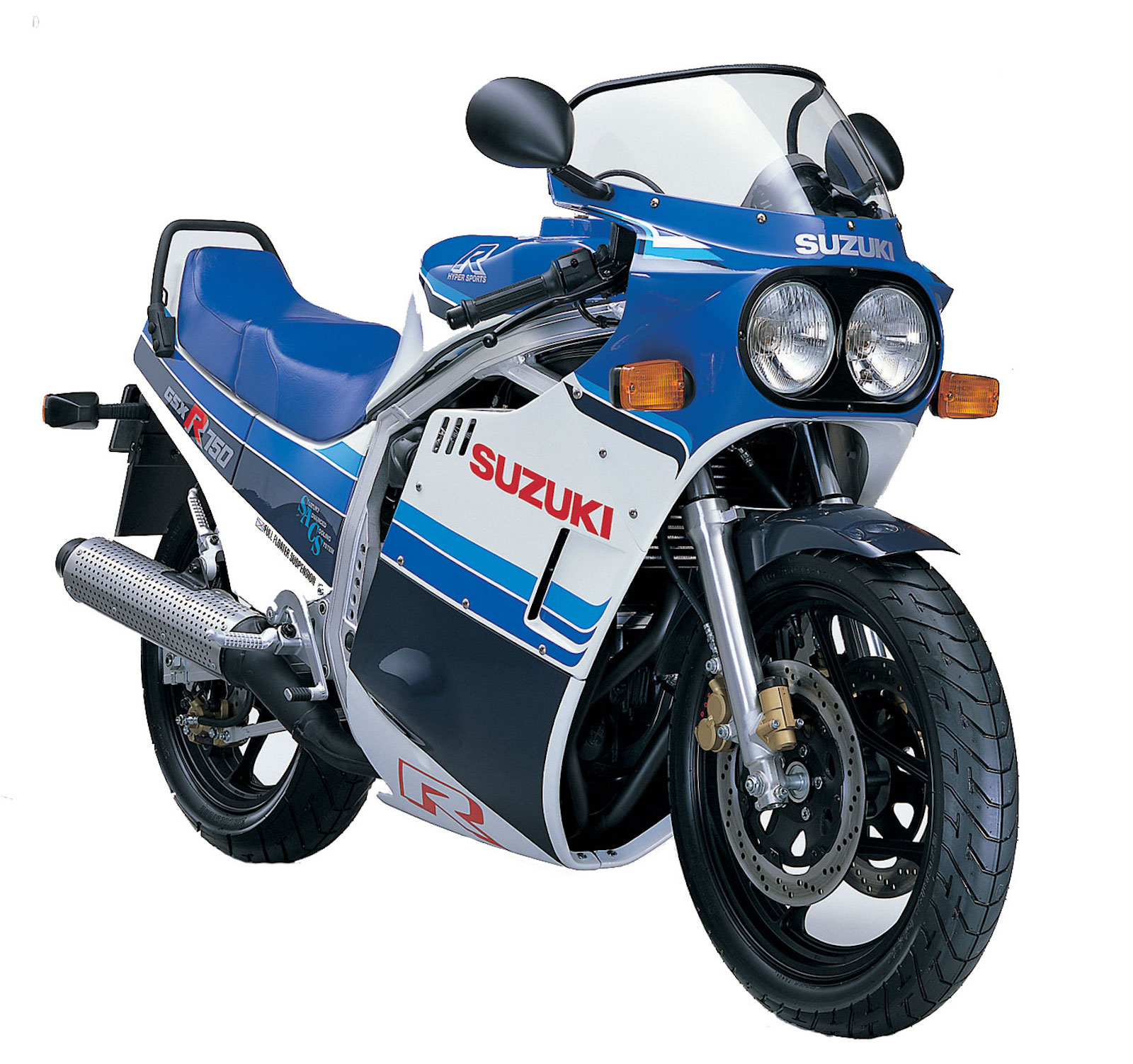
It might not actually be the first GSX-R, but the 1985 GSX-R750 is the bike that brought the line to the world’s attention. An alloy frame, the oil-cooled (SACS – Suzuki Advanced Cooling System) engine and slabby styling are a combination that makes those early GSX-R750s true collectables today. With 106hp and weighing just 176kg (dry), the early bikes were something of a revelation compared to the flabby steel-framed ‘superbikes’ others were offering. The GSX-R was as much as 36kg lighter than its 750-sized competition. Racing success came quickly, as the new bike finished 1-2 at the 1985 Le Mans 24-hour race and took victory at the grueling Isle of Man TT.
1986 GSX-R400
Soon after its launch the Japanese 400cc GSX-R gained the ‘400’ in its name to distinguish it from the larger models, and in 1986 a completely new, second-generation version appeared. The cradle frame was gone, replaced with a cutting-edge aluminium beam frame (long pre-dating the same move for larger GSX-Rs) and a new engine featured ‘SATCS’ (Suzuki Advanced Three-Way Cooling System) that used air, water and oil – separately, not combined – to take the heat away.
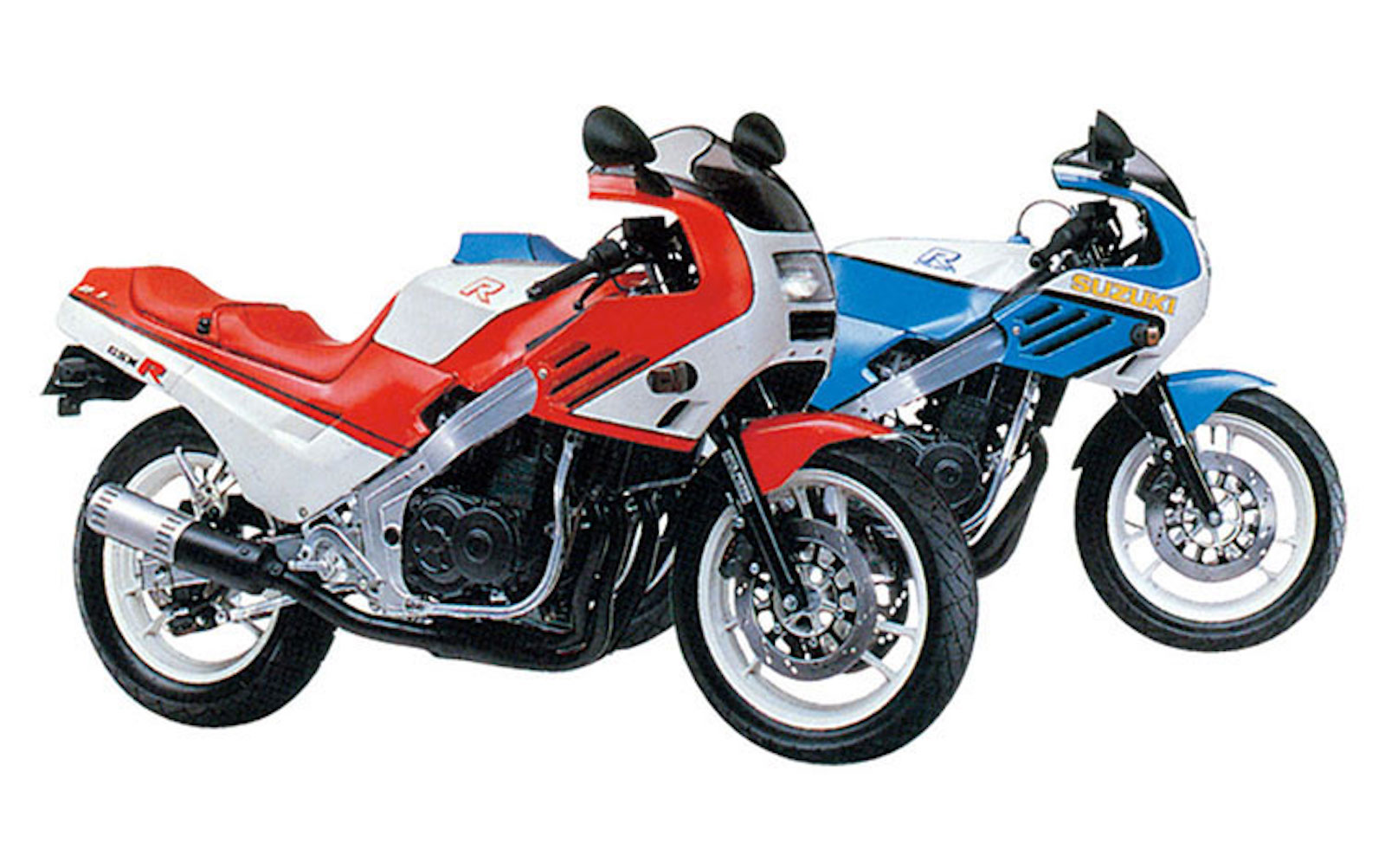
1986 GSX-R1100
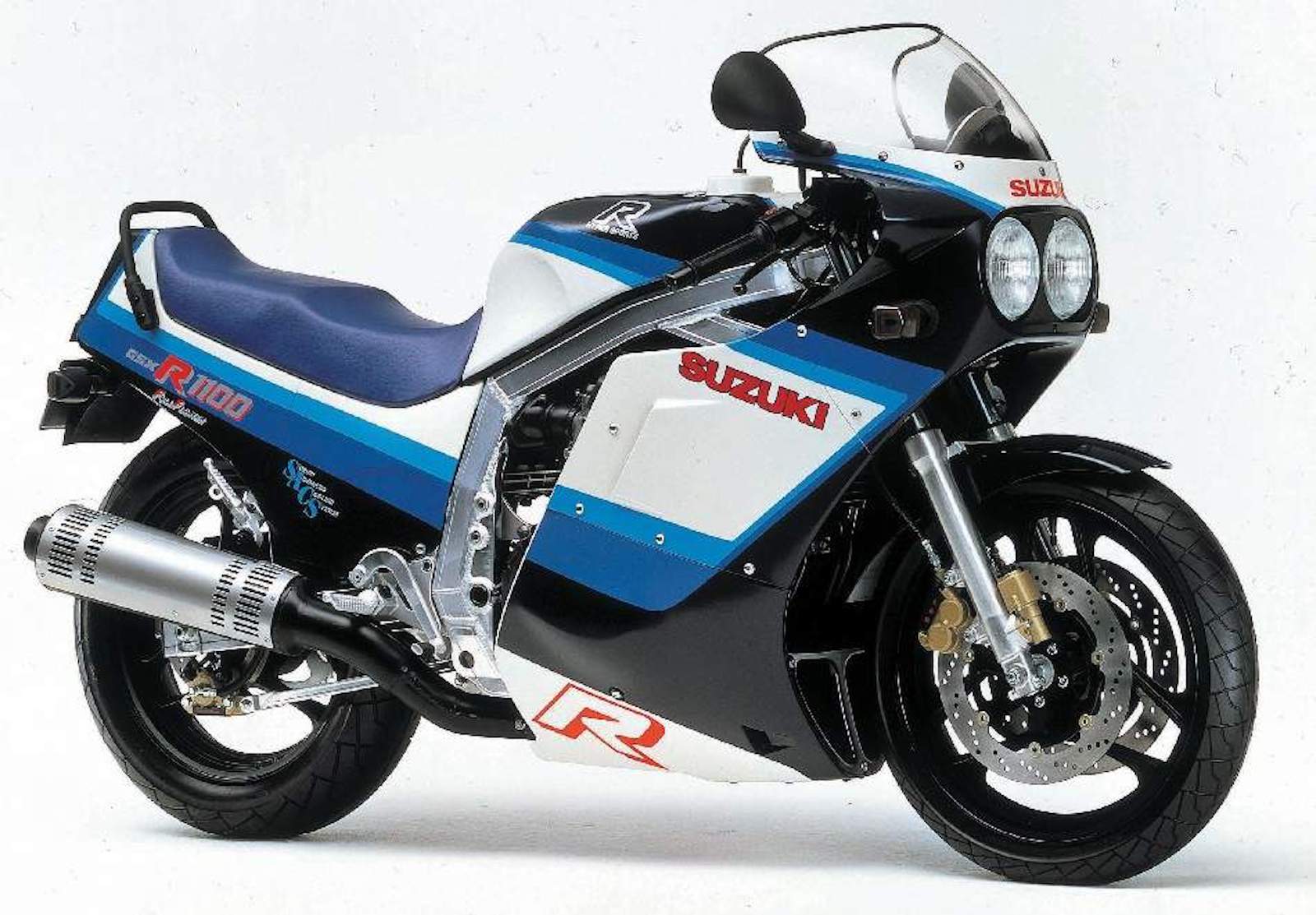
Developed alongside the 750, the GSX-R1100 was released in 1986 to be the more forgiving, less high-strung, sport-touring GSX-R. Its oil-cooled, 1052cc four made a then-astounding 128hp and the dry weight of 197kg seemed perfectly reasonable. A GSX-R750-style aluminium frame helped there, although the 1100 was always a big bike – hence the short-lived tuning fad of slotting 1100 engines into the smaller 750’s chassis.
1988 GSX-R750
Goodbye slab-sides, hello curves; the second-generation ‘Slingshot’ (named after its carburettor design) GSX-R750 appeared in 1988 with a new frame, new styling and heavily reworked engine with a shorter stroke and bigger bore than before. Power rose to 112hp but weight also increased to 195kg (dry).
Fairings were redesigned for less drag, it had the shortest wheelbase in class, its aluminum frame was 60% more rigid, and cooling efficiency was improved dramatically. The modifications worked, despite an increase in weight, as the bike won both the rider and manufacturer championships in the World Endurance series that year.
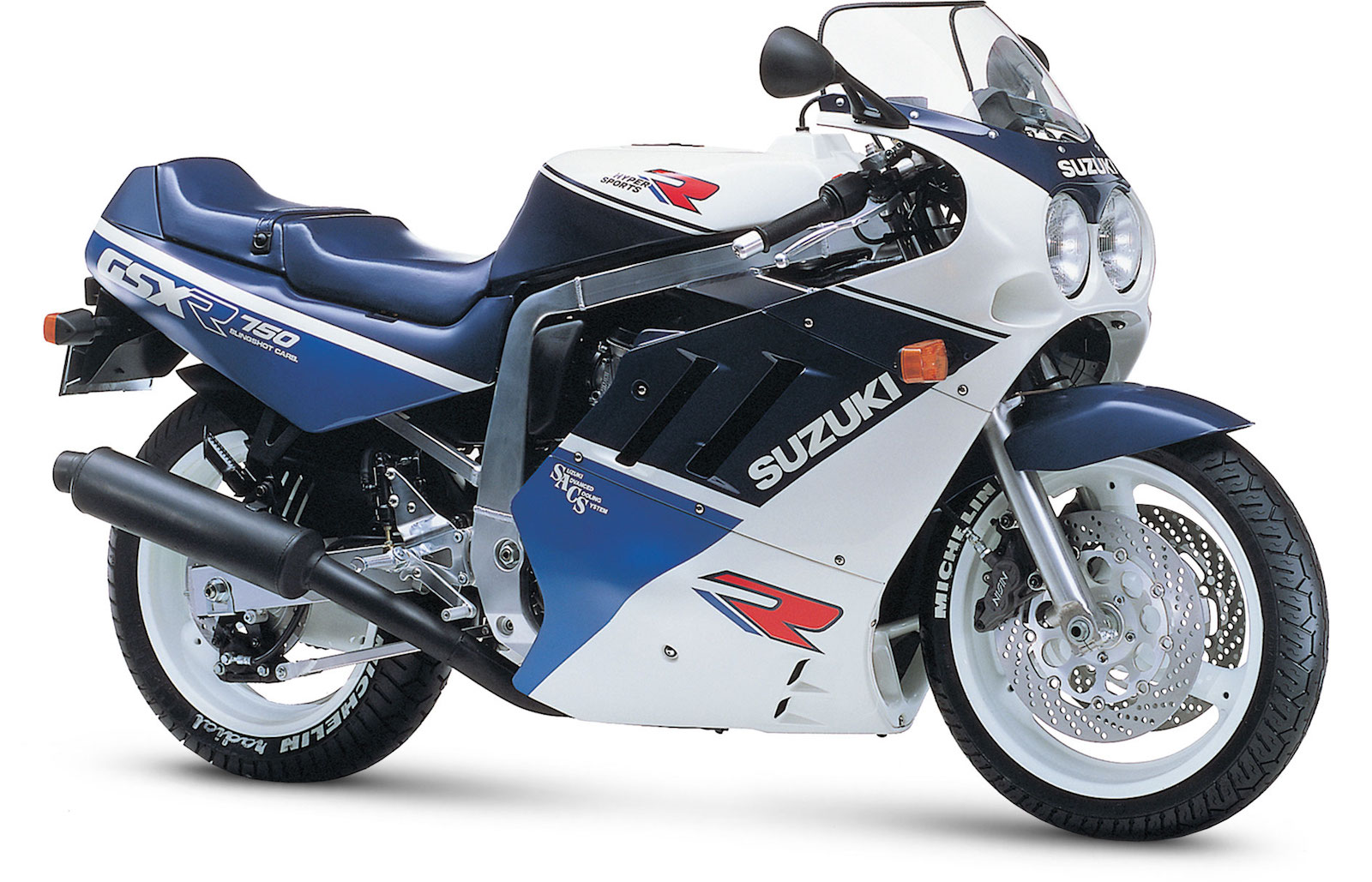
1996 GSX-R750/GSX-R600
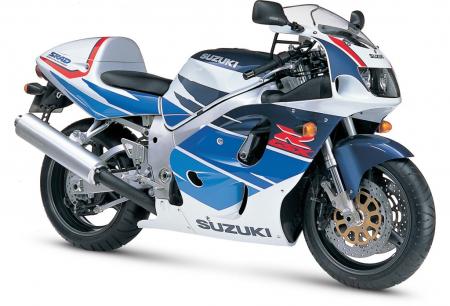
In 1996 Suzuki came back with a vengeance by introducing the bike that many think of as the SRAD. That was actually just its intake system – Suzuki Ram Air Direct – but the real key to the new machine was a GP-inspired alloy beam frame, wrapped around a new short-stroke, 128hp engine and clad in wind-tunnel-sculpted styling.
Weight dropped by nearly 20kg to 179kg dry (just two years earlier, a GSX-R750 was 208kg!). Suddenly, Suzuki was back at the top of the class. Throughout the SRAD period the GSX-R600 mirrored the 750cc machine, albeit with lower spec suspension and brakes.
2001 GSX-R1000
The big news for 2001 was the introduction of the GSX-R1000. Despite the larger, 988cc engine and beefed up frame, the 1000 was only nine pounds heavier than its 750 little brother. It featured fuel injection with dual throttle valves, titanium-nitride-coated fork stanchions for minimal stiction, and six-pot brake calipers. Straight away the new 1000 won titles in both the Japanese and World Endurance championships.
Soon, racing regulations would take a dramatic shift, allowing Superbikes displacements of 1000cc and Supersports 600cc, leaving the beloved 750cc machinery virtually obsolete. As such, all other manufacturers ceased production of their middle-displacement sportbikes. Not Suzuki. Committed to keeping tradition alive, the GSX-R750 is still in production.
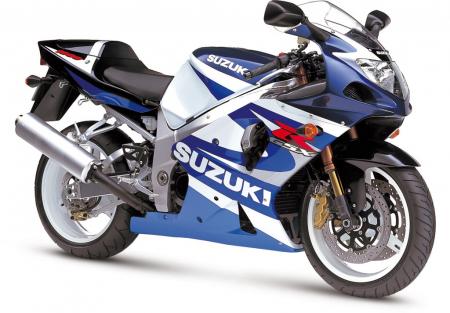
2006 GSX-R750/GSX-R600
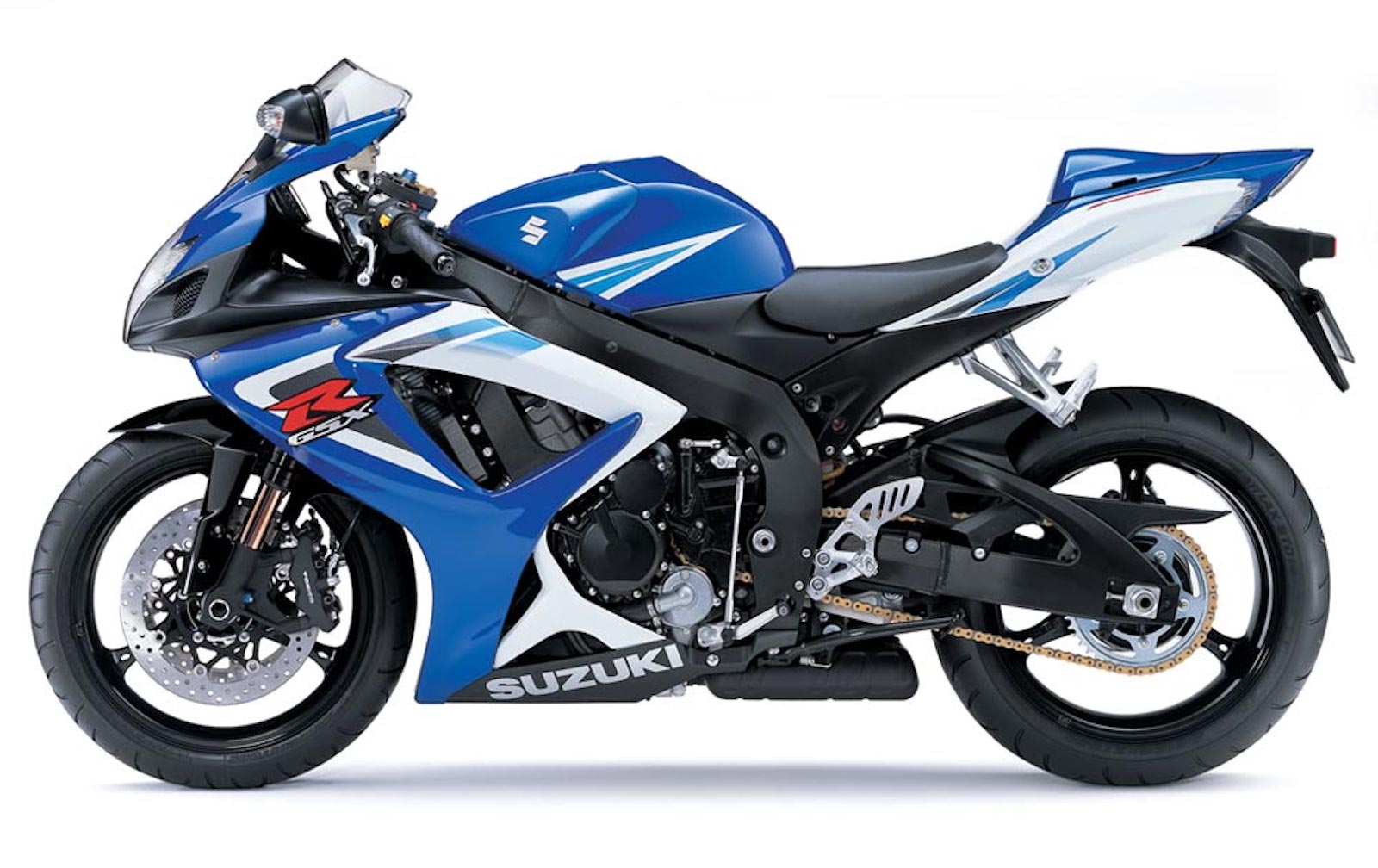
Another new frame, new styling and a new engine hitting the magic 150hp mark came to the GSX-R750 in 2006. The exhaust, almost completely hidden in the bellypan, helps make this generation another styling high point for the series. Its on-paper figures might not look much different to its predecessor – at 163kg it weighed the same – but the 2006 bike was a completely new machine. In many ways, it’s the one that still lives on to this day, albeit with upgrades in most areas. The GSX-R600 again mirrored the changes of the GSX-R750, but remained at 125hp while weighing 161kg.
2017 GSX-R1000
Suzuki got around to developing a new GSX-R1000 for 2017. For the first time, it’s offered in two forms – the basic machine or the ‘R’ version – and both feature the clever, all-mechanical variable valve timing system that Suzuki pioneered on its MotoGP GSX-RR. Power is up to 199hp, weight is now more realistically quoted ‘wet’ at 201kg, giving a real-world performance that’s far better than any previous GSX-R1000. Finally, the bike’s electronics are up to snuff, too, with all the latest in traction control and ABS kit.
